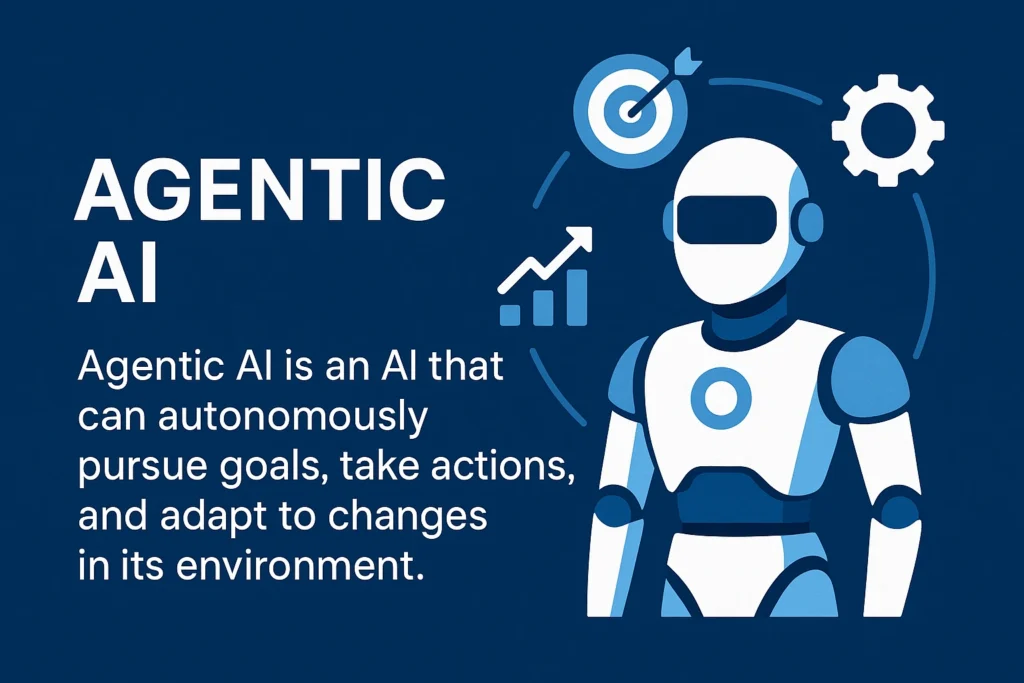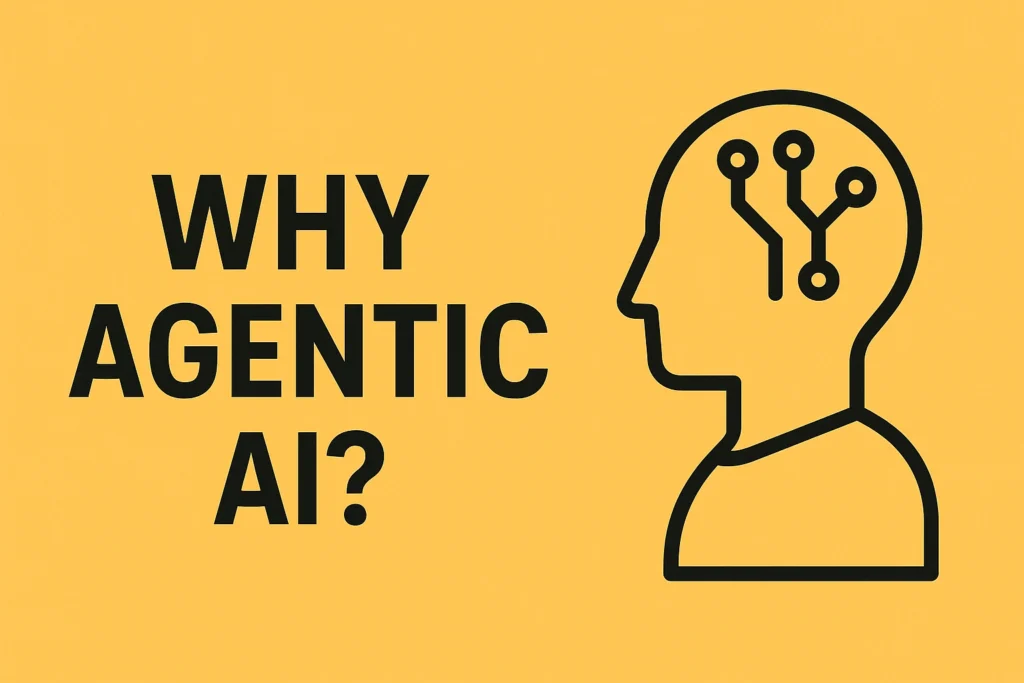Table of Contents
ToggleAI Vibe Coding: The Future of App Development

AI Vibe Coding: The Future of Application Development
This tutorial document summarizes key insights on vibe coding, highlighting prominent AI tools and assessing their capabilities for transforming application development.
1. Key Areas and Concepts
"Vibe coding" represents a paradigm shift in software development, enabling users to translate abstract ideas into functional applications through conversational AI tools.
What is Vibe Coding?
Vibe coding is described as a seamless and intuitive coding experience where "everything clicks when you're in the zone and ideas turn into working code without the usual headaches." It leverages advanced AI tools that can understand natural language descriptions and automatically generate applications, effectively eliminating traditional barriers like "staring at blank screens wondering where to start" or "getting stuck on syntax." The core idea is to "just tell your computer what you want and bam it builds it for you."
The Rise of Conversational AI in Development
The source emphasizes that AI tools have become so sophisticated that users can "basically have a conversation with them and walk away with a real app." This signifies a departure from traditional coding, where explicit instructions and meticulous syntax are paramount, towards a more abstract, idea-driven approach, making development more accessible.
Benefits of Vibe Coding
- Speed and Efficiency: Tools like Bolt are "insanely fast," building applications "while you watch it," drastically cutting development time.
- Accessibility: It democratizes app development, allowing individuals without deep coding knowledge to create functional applications, broadening the pool of creators.
- Reduced Friction: It streamlines the development process by removing common hurdles such as syntax errors and initial setup complexities, making the experience smoother.
- Quality Output: The demonstrated tools produce "premium" quality applications with "beautiful design and excellent user experience," ensuring professional-grade results.
2. Prominent AI Vibe Coding Tools
The source reviews three specific AI coding tools, each with distinct strengths, showcasing the diverse capabilities within the vibe coding landscape.
2.1 Pythagora
Functionality: Pythagora allows users to "just chat with it like you're explaining your idea to a friend and it builds complex app." It guides the user through a structured process, asking "essential questions" about company size and purpose before generating a "detailed specification for app based on your input."
Demonstration: The video demonstrates building a "simple interactive CRM app" by providing a detailed prompt including "app features how I want it to be the task management note section simple dashboard communication logos" and "UIX design element."
Output Quality: The resulting CRM app dashboard is lauded for its "premium" quality and features like tracking "number of customers, the active leads we have, the upcoming TS."
Rating: The reviewer rates Pythagora "10 out of 10," calling it "absolutely best."
Cost: The CRM app was built using the "free version without even paying spending any bucks."
2.2 Bolt
Functionality: Bolt focuses on rapid development, enabling users to "share your ideas" and have the application built quickly. It prioritizes "a modern clean interface with sophisticated color schemes smooth animations and intuitive navigations."
Demonstration: An "e-commerce website with good UI UX" was built. The prompt included "app features and the shopping cart."
Output Quality: The e-commerce website, named "Shophub," is described as "amazing," featuring "new collection," products with "hover animation," and a "minimalistic" "blue white" color layout, showcasing its strong design capabilities.
Rating: The reviewer rates Bolt "9 out of 10 or maybe 10 out of 10" for its impressive design and functionality, highlighting its strong performance.
2.3 Lovable AI
Functionality: Lovable AI is highlighted as being "perfect if you care about making things look good." It acts "like having a designer and developer role into one" and allows users to "upload images as reference and you can preview your changes as well," providing a highly visual and iterative design process.
Demonstration: A "weather app with features and good UI UX design" was created.
Output Quality: The "weatherly" app is praised for its features, including city search, "weather details, the humidity wind speed visibility plus you get this 7day forecast today tomorrow," demonstrating comprehensive functionality within a well-designed interface.
Rating: The reviewer rates Lovable AI "9 out of 10," acknowledging its high quality, particularly in design aesthetics.
3. Comparative Analysis and Recommendations
The reviewer conducts a showdown of the three tools, ultimately providing a personal ranking based on their observed strengths.
Ranking and Rationale
- Bolt: Ranked first for its speed and impressive design quality, making it ideal for rapid, visually appealing applications.
- Pythagora: Ranked second, particularly noted for its comprehensive app generation from conversational prompts and "premium" results, excelling in handling complex ideas.
- Lovable AI: Ranked third, still considered a strong contender for its design-focused approach and ability to integrate visual references, perfect for aesthetic-driven projects.
The reviewer struggled to definitively pick a winner between Pythagora and Bolt, stating, "I can't actually compare both but then again let's check out the third AI tool on our list," highlighting the close competition in performance and utility between the top contenders.
Conclusion
Vibe coding, powered by advanced AI tools like Pythagora, Bolt, and Lovable AI, is transforming the application development landscape.
It empowers individuals to rapidly create sophisticated and visually appealing applications simply by articulating their ideas. The demonstrated capabilities suggest a future where the barrier to entry for app creation is significantly lowered, allowing for greater innovation and accessibility in technology, fundamentally changing how software is built.
Vibe Coding — FAQ
Build apps by “describing the vibe.” AI turns your words into code.
“Vibe coding” is a conversational style of software development where you describe an idea in everyday language and an AI instantly produces the underlying code, bypassing syntax hassles and blank‑screen paralysis.
These tools parse natural‑language prompts, generate specs, wire up APIs, craft UI, and output runnable code. You iterate by chatting: “Add dark mode”, “Make the navbar sticky”, “Save customer notes to a database” — and the AI refactors on the fly.
- Pythagora — chatty spec‑writer & full‑stack builder.
- Bolt — lightning‑fast, minimalist real‑time builds.
- Lovable AI — design‑centric; doubles as dev + designer.
- Interactive CRM dashboards.
- Production‑ready e‑commerce sites with carts & animations.
- Weather apps with search & multi‑day forecasts.
High‑level ideas work, but richer specs (features, UI style, edge‑cases) yield crisper results. Think: “CRM with task list, note section, simple Kanban dashboard & pastel palette.”
- Speed — seconds to MVP.
- Accessibility — no deep syntax skills needed.
- Nicer workflow — chat instead of debug fights.
- Pro‑grade output — polished UI/UX out‑of‑the‑box.
Occasional mis‑parses (e.g. Lovable AI mixing Bangalore weather with UK locales) and variable build times on heavy projects. Always validate outputs before shipping.
Consider a professional certificate in generative AI & ML — hands‑on labs, capstone projects, and industry‑backed credentials (e.g. programs co‑developed with Microsoft or top universities).


